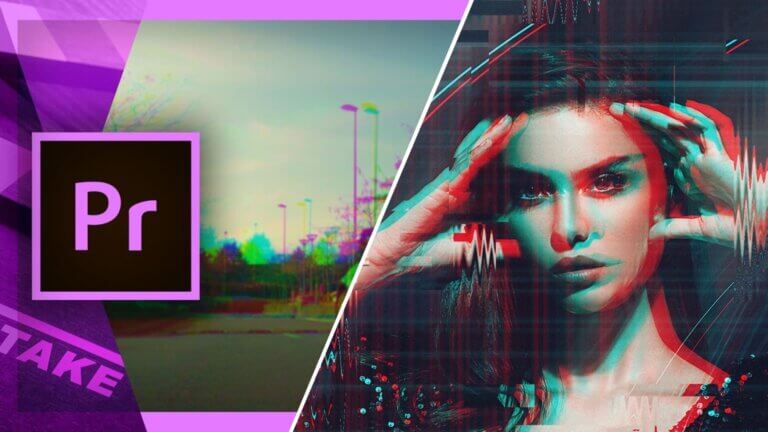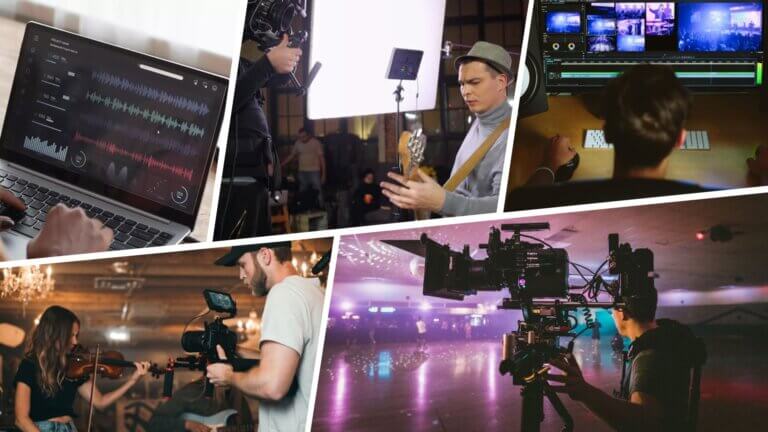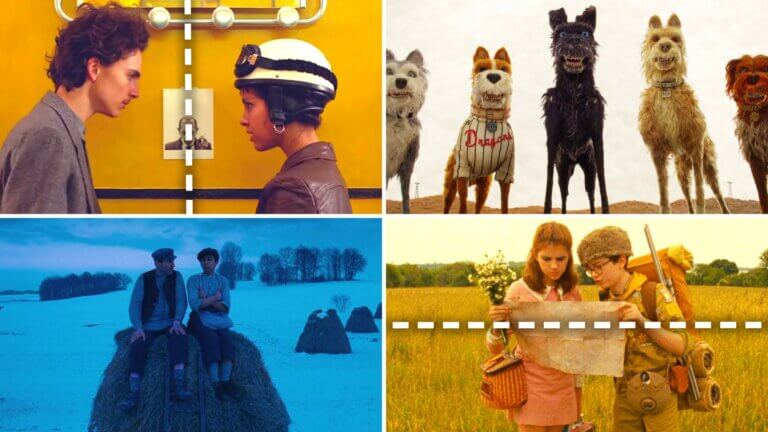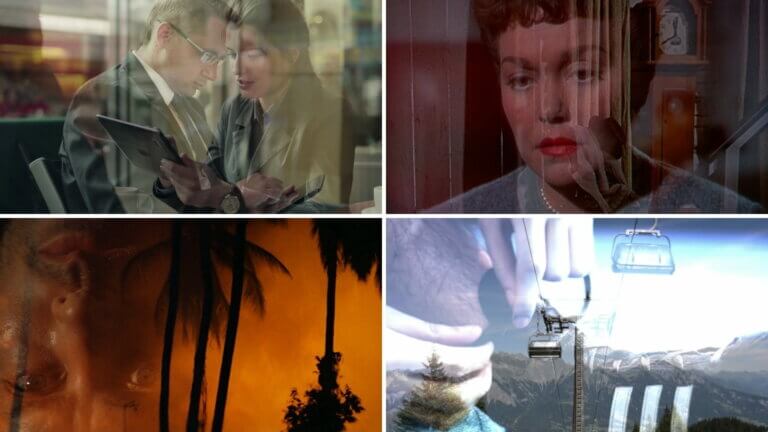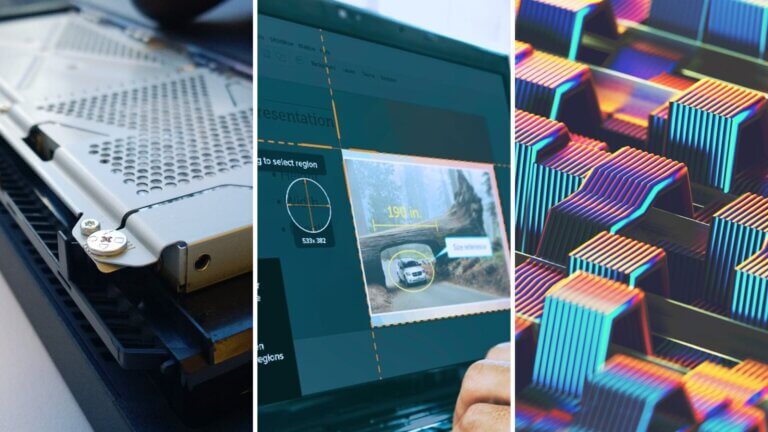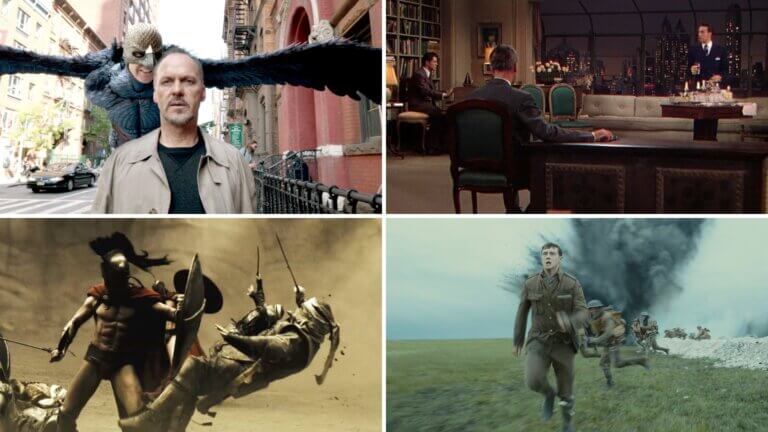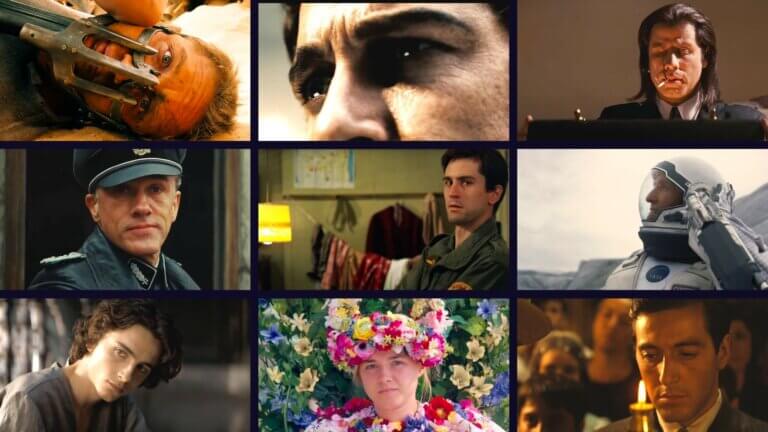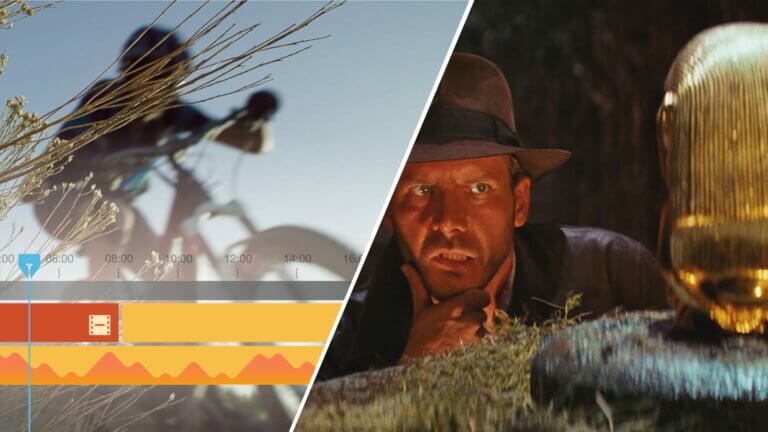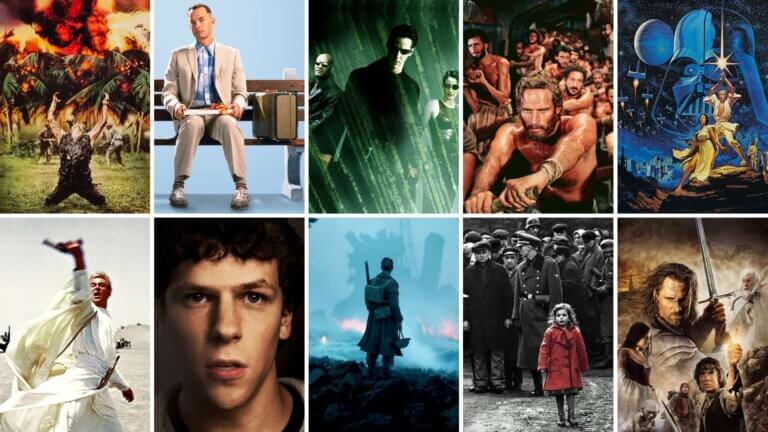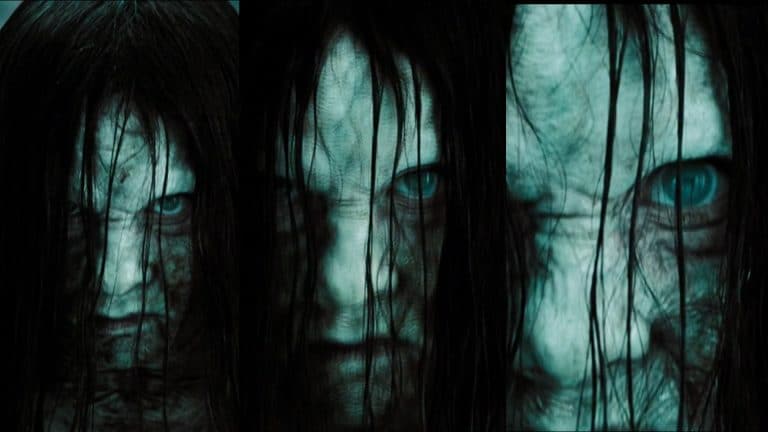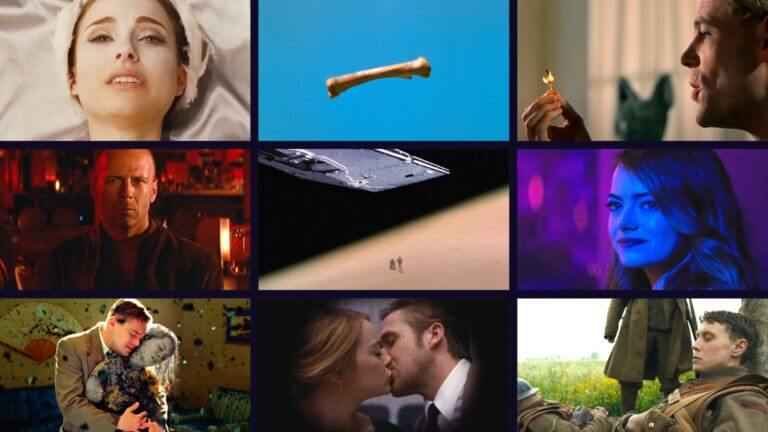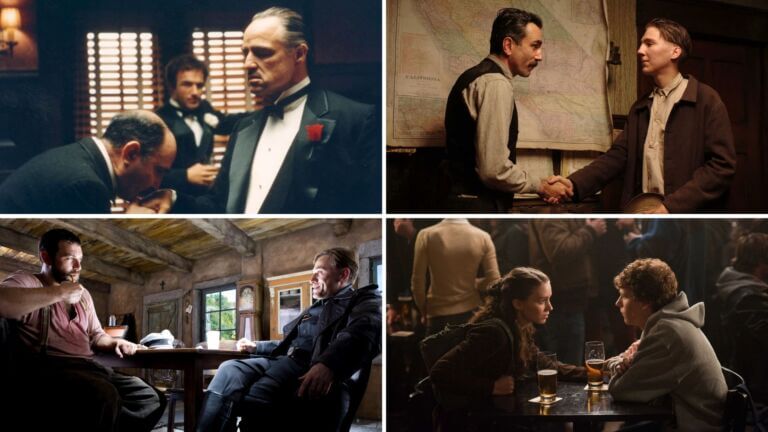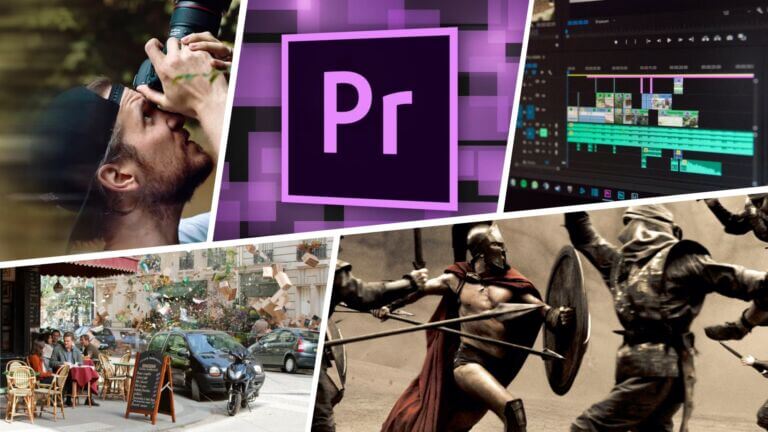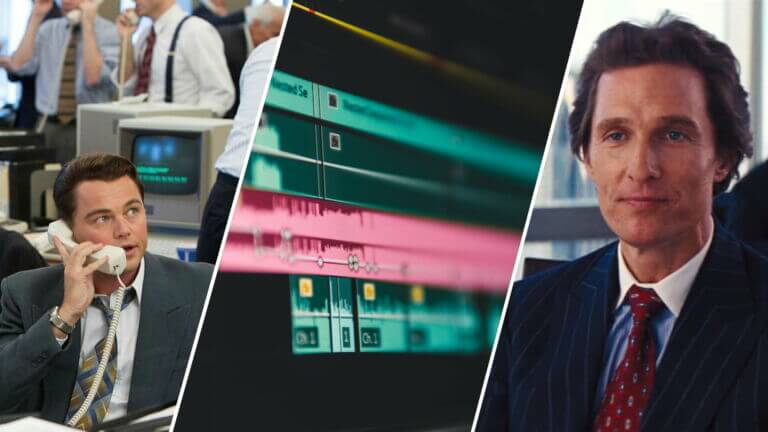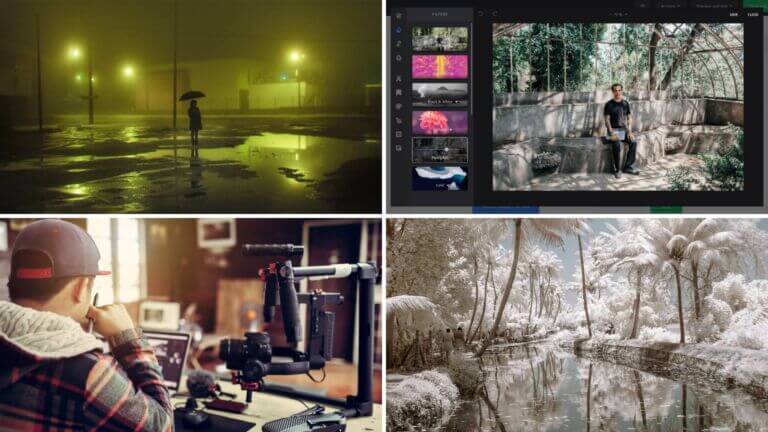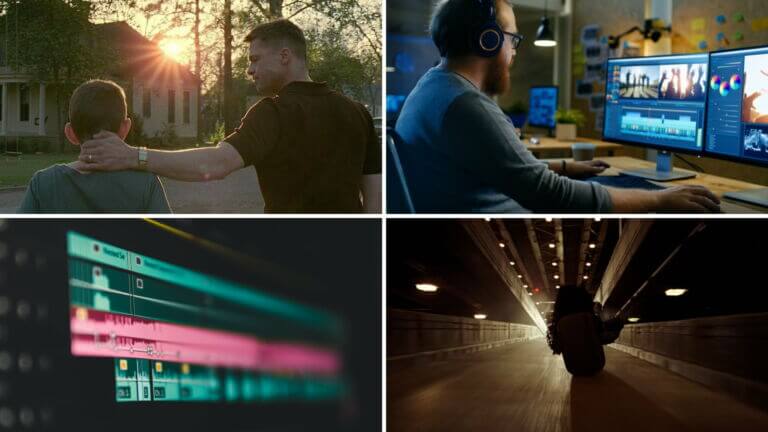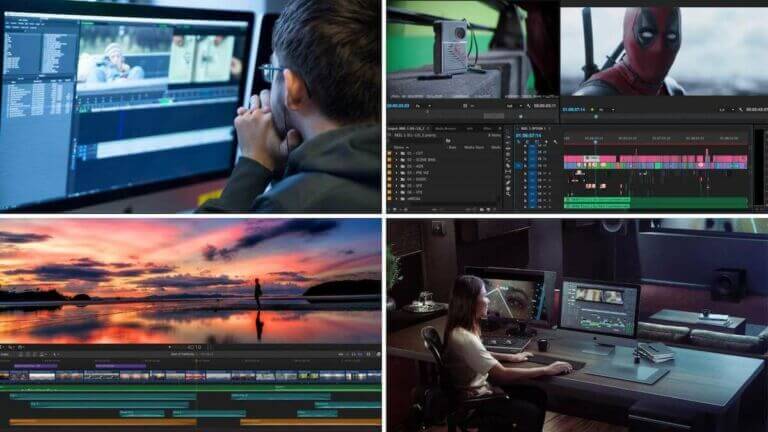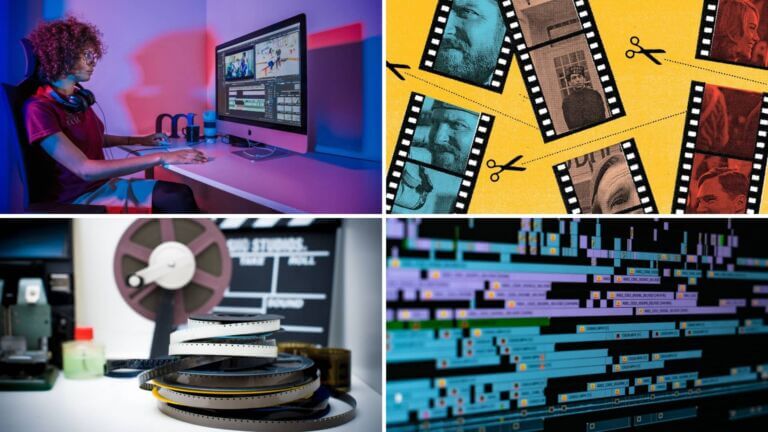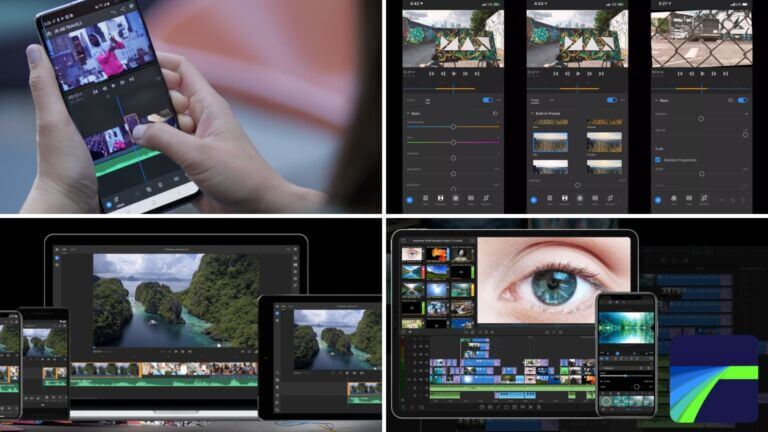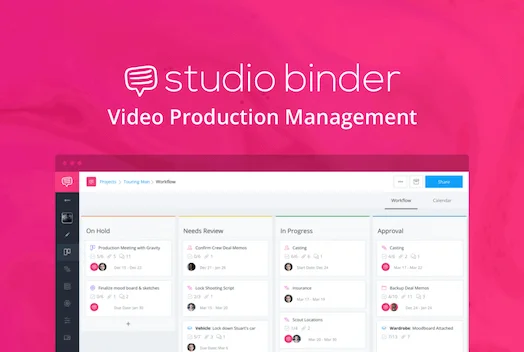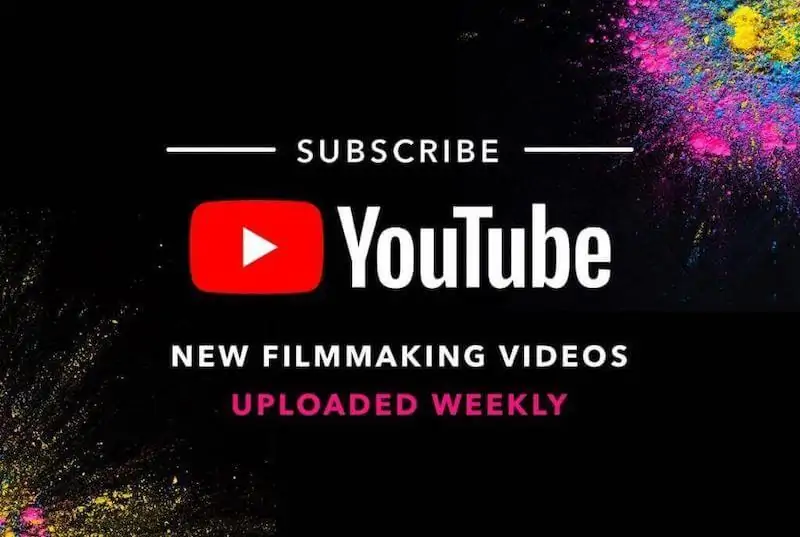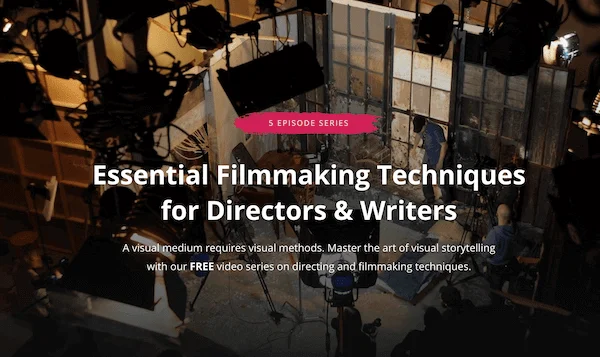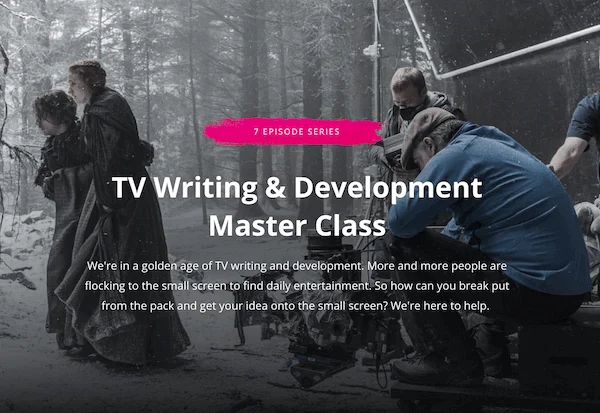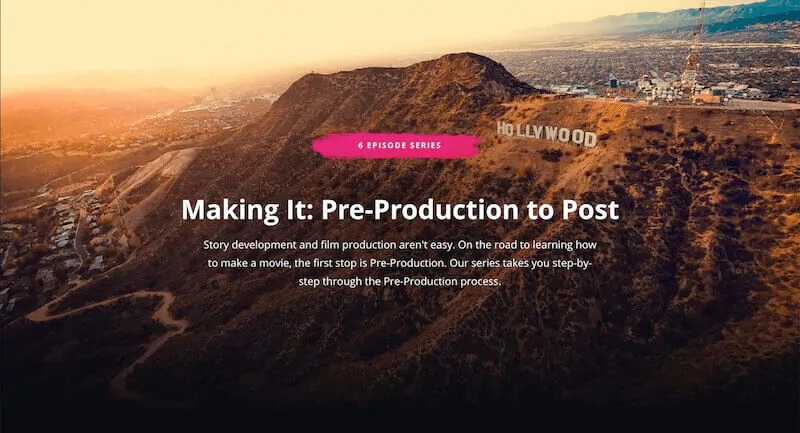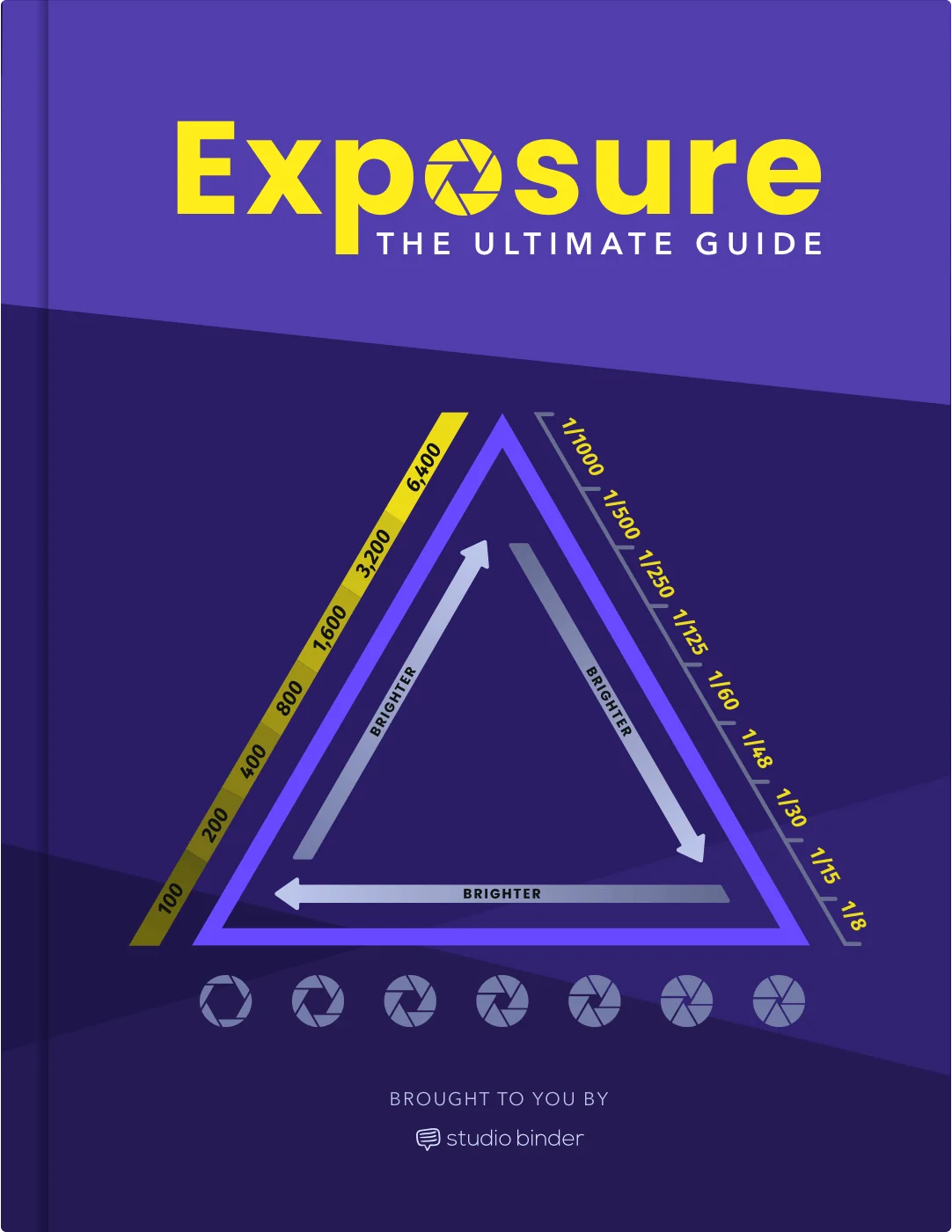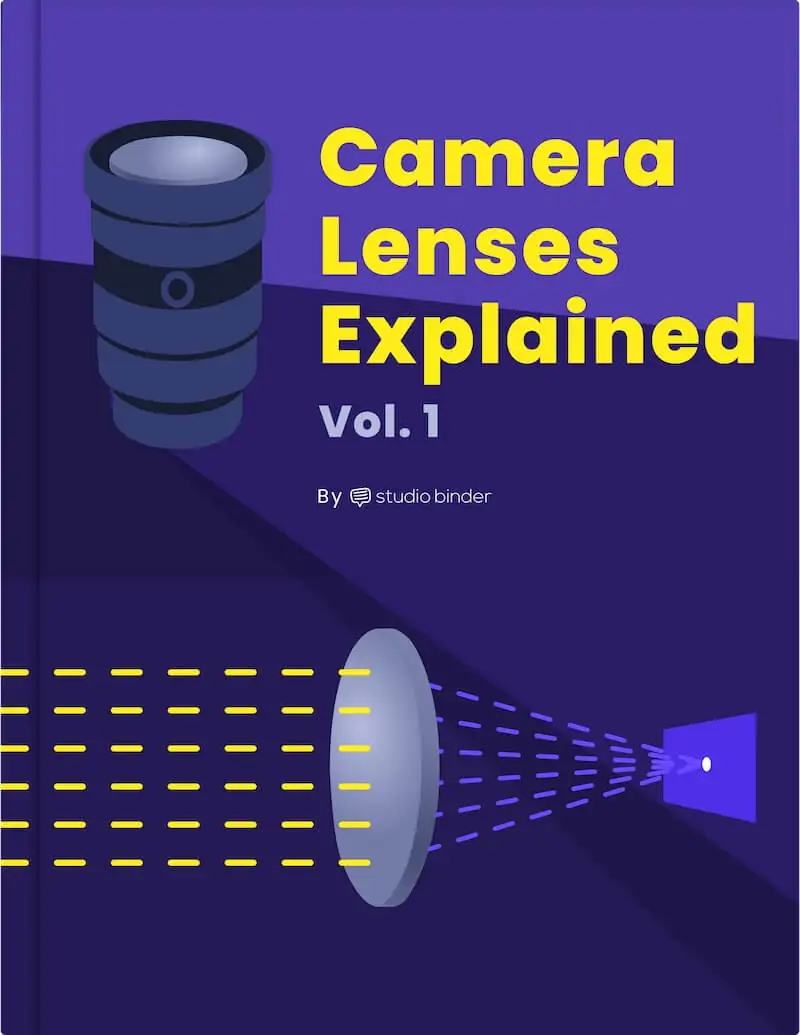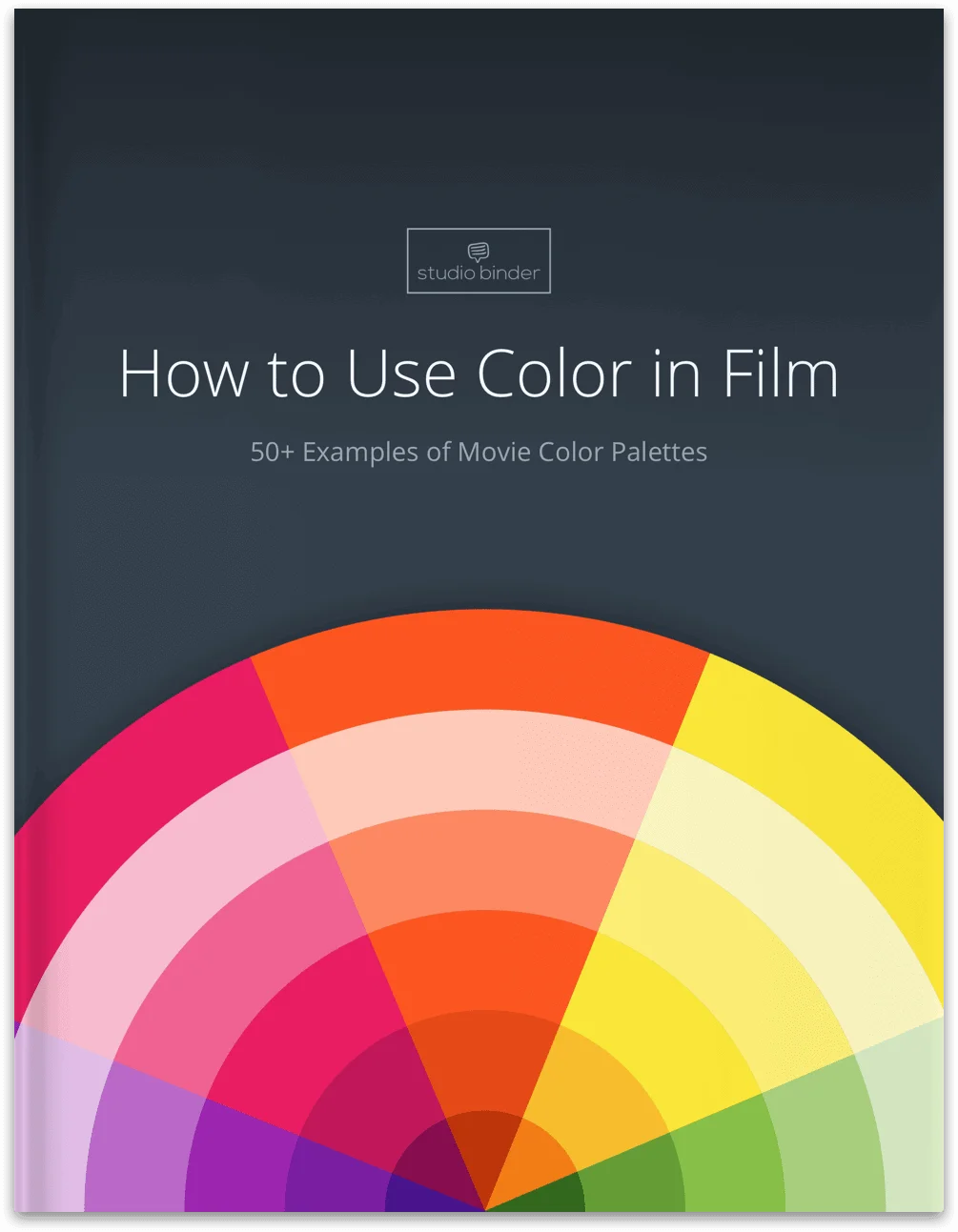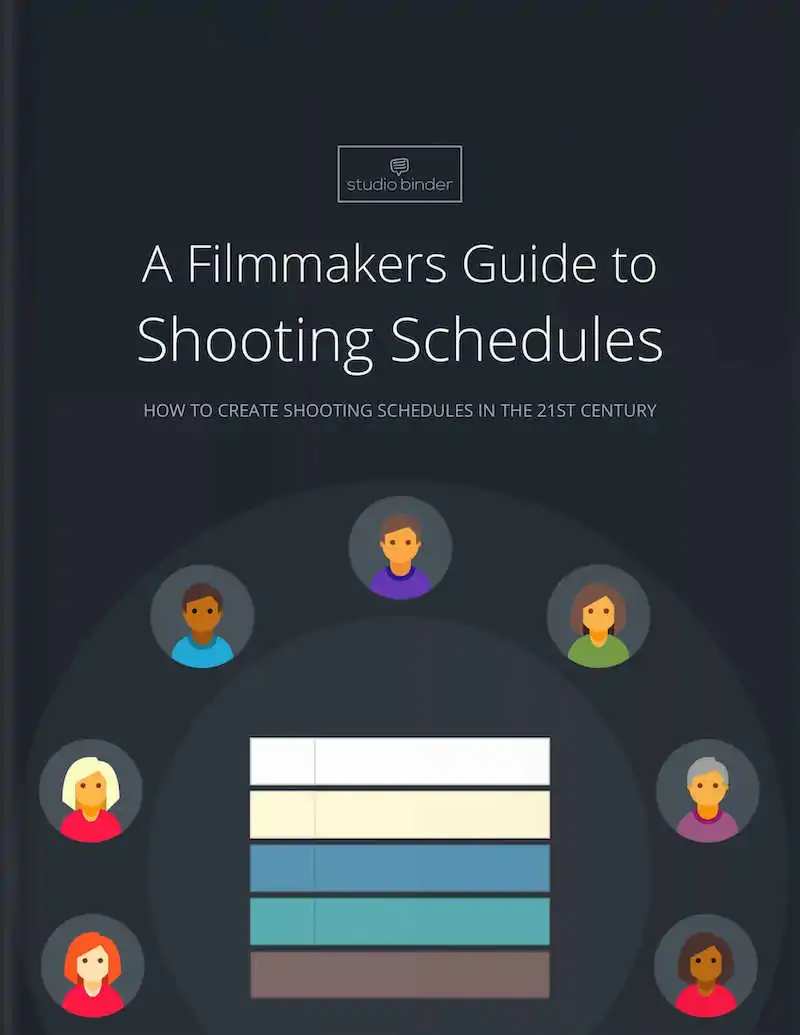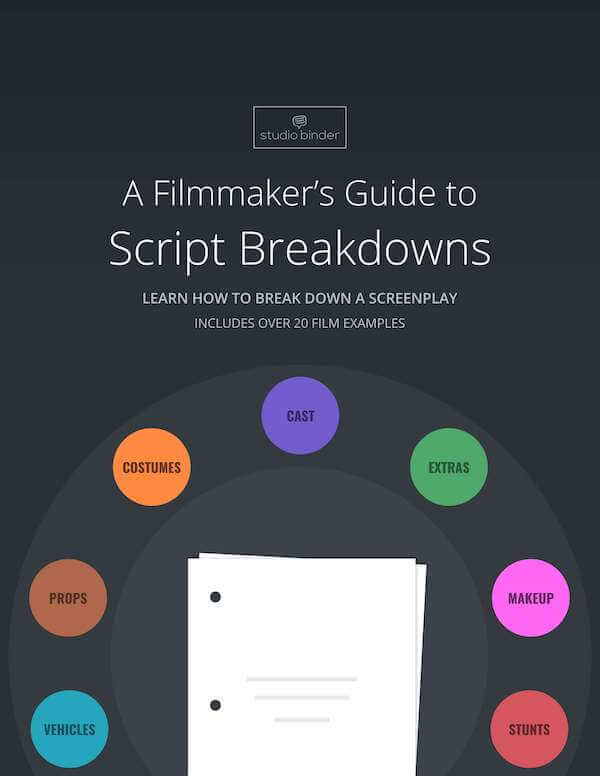Whether you are editing YouTube videos, a science fiction film, or a commercial, a glitch effect can add a whole lot of production value to your project. Learning how to create a glitch effect from scratch in Premiere Pro will also help you learn how to get creative with duplicating frames and adjusting their qualities… Continue reading How to Make Glitch Effect Premiere Pro — A Quick & Easy Guide
Music videos are an incredible medium that bridges the world of filmmaking and music. Whether you are a musician looking to shoot your own music video or a filmmaker looking to shoot a music video for a client or friend, creating a music video can be daunting. When broken down into steps, however, filming and editing… Continue reading How to Film and Edit a Music Video From Start to Finish
Much has been made about Wes Anderson’s use of symmetry in shot composition – but did you know symmetry extends to his editing style as well? Wes Anderson utilizes symmetry in every facet of his filmmaking process, from pattern events to blocking and staging. We’re going to show you the art behind Wes Anderson’s symmetrical… Continue reading Wes Anderson Symmetry & Symmetrical Editing Explained
The lap dissolve is one of the oldest editing transitions in cinema. Originally, the lap dissolve was achieved by overlapping the exposure of a single frame of film from shot to shot similarly to a double exposure in photography. Why exactly did filmmakers want to create this effect? How do they use the lap dissolve differently… Continue reading What is a Lap Dissolve — Film & Video Editing Techniques
How do you get movie clips to use in editing projects? There are a few different reasons why you may need pre-existing movie footage brought into your editing program of choice. Perhaps you are putting together YouTube content such as video essays or movie reviews and you need clips of the source material, or maybe… Continue reading How to Get Clips for Edits — 4 Ways to Capture Footage Online
Editing is one of the most fundamental processes of filmmaking. Many call it the last rewrite of a film in which the film truly comes together. So how do you create a movie without normal post-production editing? Through in-camera editing of course. In-camera editing may seem like a disadvantageous technique. However, the popularity of the… Continue reading What is In Camera Editing — Techniques for Photo and Video
Scene transitions, sudden sounds, quick cuts, off-screen voices, and narrative flow are just among the many terms associated with the “invisible art” known as film editing. Originally seen as a technical tool in the movie making process, film editing quickly evolved to become one of the most important creative aspects of filmmaking. But as its… Continue reading What is Film Editing — Editing Principles & Techniques Explained
There are a few fundamental editing techniques that every editor should know. One of the major ones is the J-cut. Just about every movie you watch has some sort of J-cut within its edit. J-cuts help move the film along in an engaging way, but can also be an incredibly effective storytelling device when used… Continue reading What is a J-Cut in Film — Editing Techniques Explained
There is a saying: the best film editing is the editing that nobody notices. Though there are exceptions, this is pretty widely accepted as truth for the most part. So if good editing purposely avoids standing out, how are the nominees and winners of the Best Film Editing Oscar picked out and decided? The editing style… Continue reading Academy Award For Best Film Editing — Top 20 Winners Ranked
The cinematographer, editor, and director work together to create a seamless experience within watching a film. There are certain cuts that can jar an audience out of this experience and make them aware they are watching a movie. One of these cuts is referred to as a jump cut. While many advise against using jump… Continue reading What is a Jump Cut? 5 Ways to Use Jump Cuts in Film
Great performances, direction, cinematography, and even production design are all essential for creating an engaging dialogue scene. But one of the most important aspects of a great dialogue scene is effective editing. Editing can make or break a dialogue scene even if all of the other filmmaking elements fall into place. So how do you edit… Continue reading How to Edit a Dialogue Scene — Tips and Techniques for Editors
Are you wondering how to ramp speed in Premiere? We’ll be walking you through four simple steps to create your very own speed ramps in Adobe Premiere Pro. We’ll even provide a couple of tips to set yourself up for success in advance of bringing your footage into the editing room. Let’s get started with… Continue reading How to Speed Ramp in Premiere — A Guide for Video Editors
Are you having trouble transitioning from one scene to the next? Maybe you feel like there’s something missing in the cut. Or maybe the cut is just far too abrupt and distracting. Sound bridges are an incredible editing technique that can be found in nearly every film you’ve seen. What is a sound bridge in… Continue reading What is a Sound Bridge in Film — Scene Transition Techniques
Despite the ever advancing technology in the realm of digital cameras, many photographers are finding their way back to shooting on film cameras. There is something unique and nostalgic about photos shot the old analog way. But as any new film shooter soon finds out, shooting film can be expensive and timely. So how can you… Continue reading How to Make Photos Look Like Film — Editing Tips & Apps
Transitions can be an incredibly effective storytelling device that filmmakers use to visually communicate to the audience. One of the earliest transitions is the wipe transition. What is a wipe transition? First used in 1901 in Robert Paul’s Scrooge, the wipe was used from the top of the frame to the bottom, emulating the visuals… Continue reading What is a Wipe Transition in Film — Editing Transitions Explained
Rhythm in art is often synonymous with music. Tempo, measures, and beat are critical to captivating listeners and building a great song. Rhythm in film editing works in the same way. The audience’s engagement is largely dependent on the pacing of a film. Too slow is boring and too fast makes it hard to connect… Continue reading How Does an Editor Control the Rhythm of a Film?
